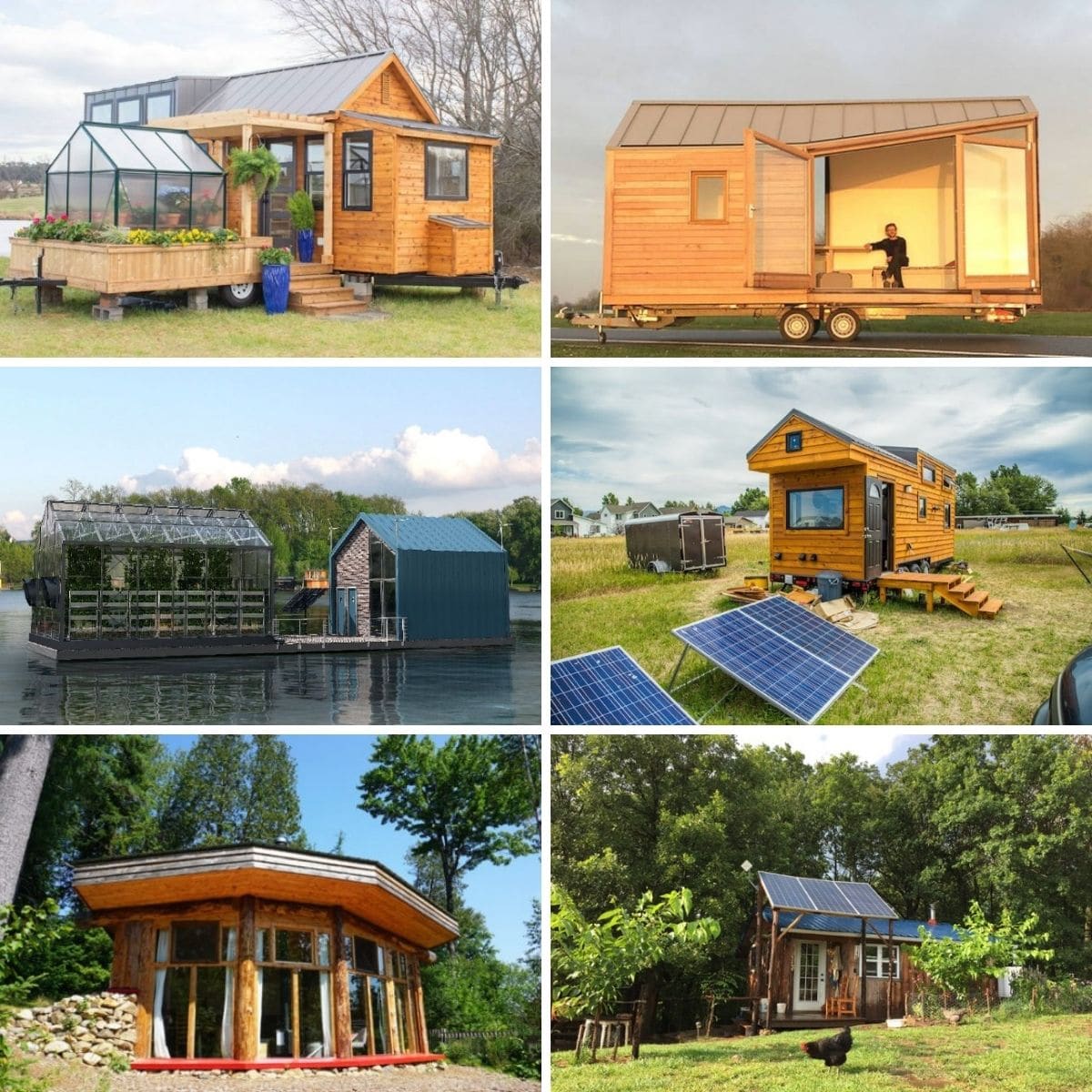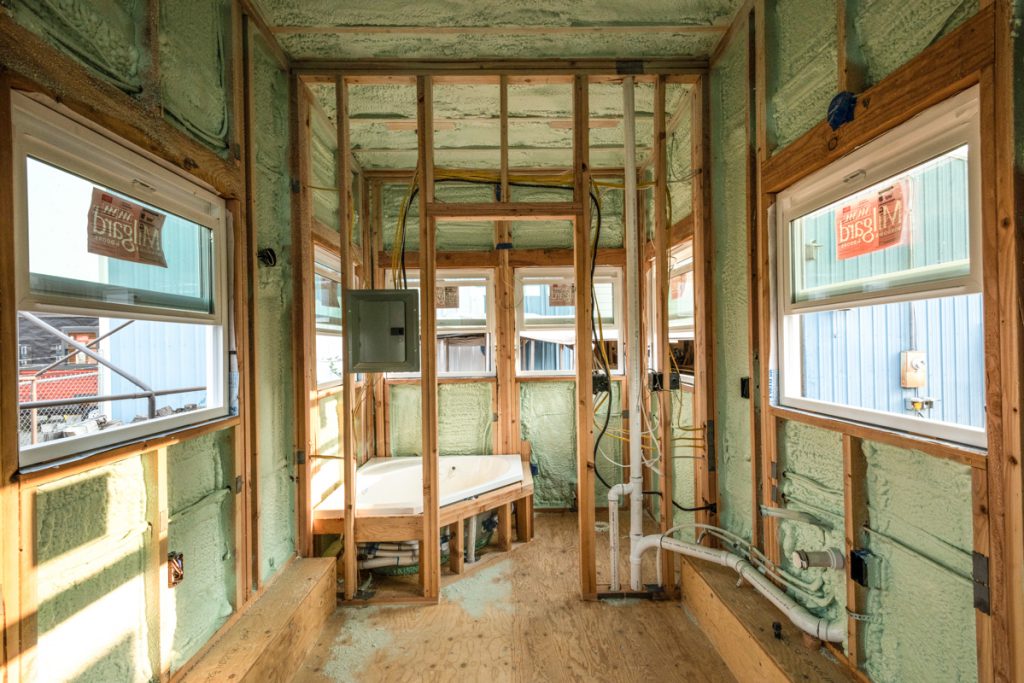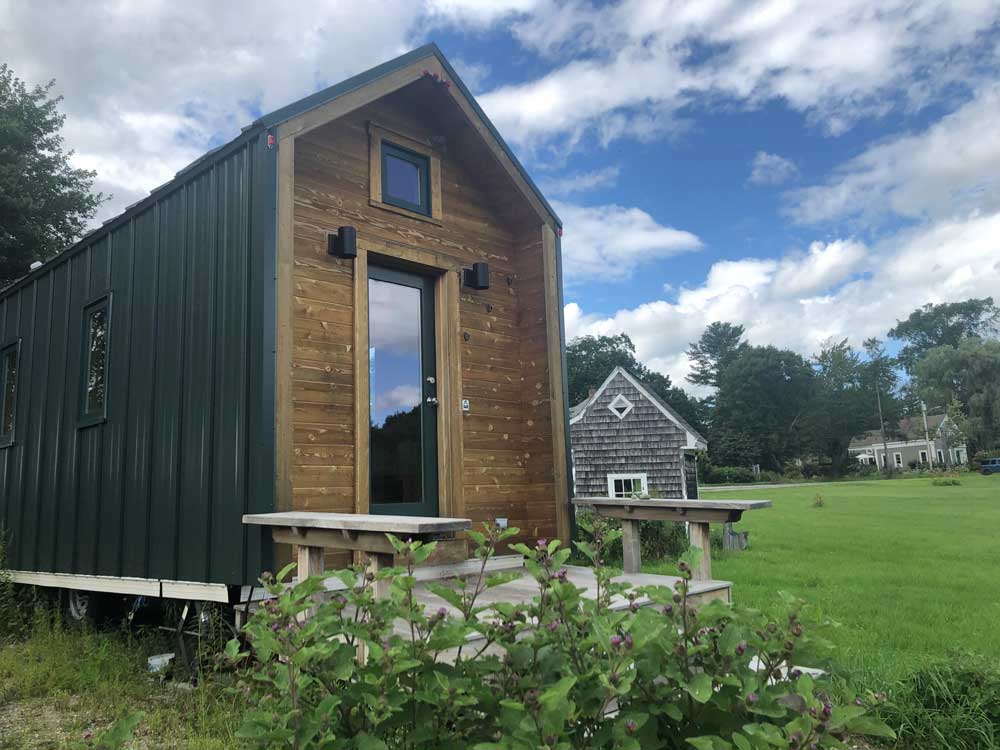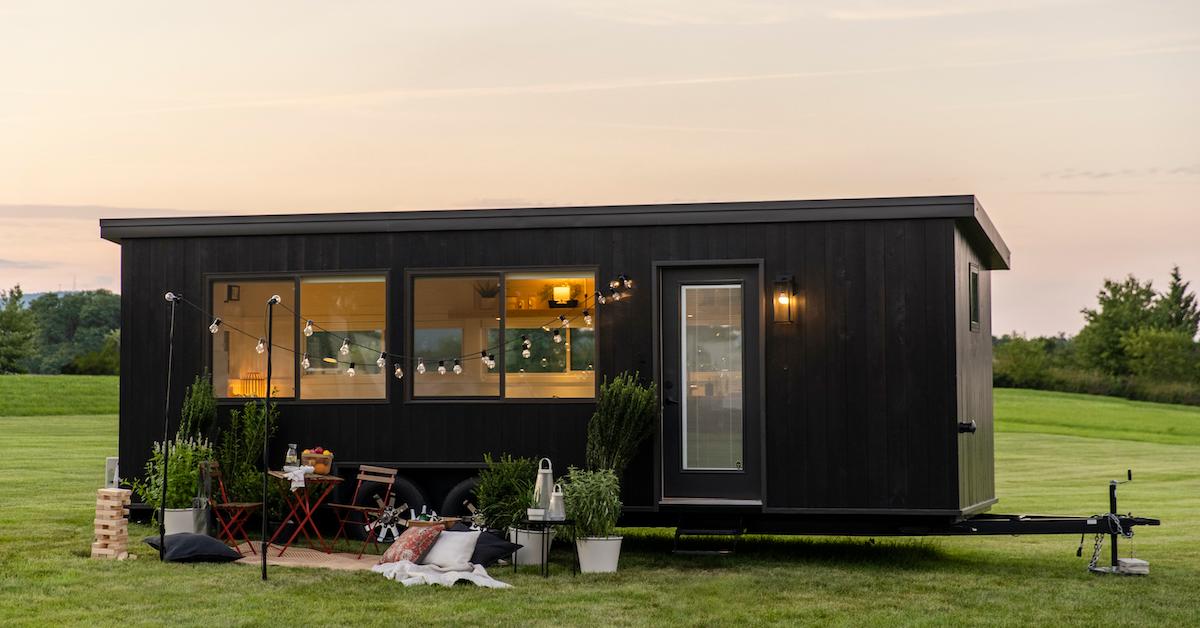Imagine if you could reduce your carbon footprint and do your part in preserving our beautiful planet by simply choosing eco-friendly construction materials for your new tiny home. This article covers just that: it’s a detailed guide exploring the diverse world of sustainable construction materials. From reclaimed wood and cork to bio-based insulation and recycled steel, we’ll examine a plethora of green building materials that not only offer a smart, eco-friendly alternative but also promise quality and longevity. So, get ready to harness the power of sustainability and build your dream tiny home in harmony with nature!

The Importance of Sustainable Construction Materials
In recent years, you’ve probably noticed a spike in discussions concerning sustainability across the globe. With these conversations, sustainable construction materials have come into focus, emphasizing the urgent need for eco-friendly practices across the construction industry.
Understanding the Impact of Traditional Construction Materials
Traditional construction materials like concrete, steel, and wood have served as primary building components for centuries. However, the environmental impact of such materials is hard to ignore in the face of today’s eco-conscious society. The extraction, processing, and disposal of these traditional materials entail significant energy use and contribute to greenhouse gas emissions. Moreover, improper disposal of these materials can lead to critical environmental issues including deforestation and pollution of water sources.
The Sustainability Advantage: Reducing Your Carbon Footprint
On the other hand, sustainable construction materials help minimize your carbon footprint. These green alternatives require less energy for production and installation, resulting in lower CO2 emissions. Furthermore, sustainable materials often come from renewable or responsibly sourced origins, reducing the risk of deforestation and promoting a more circular economy.
The Connection Between Material Selection and Tiny Home Sustainability
Your choice of material directly impacts the sustainability of your tiny home. This consideration extends beyond the construction phase itself, encompassing the entire lifecycle of your home. By choosing sustainable materials, you’re investing in a more eco-friendly, lower impact life, promoting better health for our planet and future generations.
What Constitutes Sustainable Construction Materials
Identifying sustainable construction materials can seem daunting, but don’t be discouraged. Understanding the key factors that determine a material’s sustainability is a great first step.
Eco-Friendly Material Defined
Eco-friendly material refers to those that incur minimal environmental impact during their lifecycle. The considerations include the sourcing of the materials, their production process, their transportation, the energy required for their use, and finally, their disposal.
Material Life Cycle: From Extraction to Disposal
A material’s life cycle is a holistic view of the environmental impact from extraction to disposal. Eco-friendly materials require less energy for extraction and production and are easier to recycle or decompose, causing less harm to the environment in the end.
Renewable vs. Non-Renewable Resources
Attention must also be given to renewable and non-renewable resources. Renewable resources, including bamboo or straw, have the advantage of being rapidly replenished, making them a sustainable option. On the other hand, non-renewable materials such as metals are finite and must be used sparingly and recycled wherever possible.
Popular Sustainable Materials for Tiny Homes
There are countless materials available for building sustainable tiny homes. Here, we’ll cover some of the most common and affordable ones.
Overview of Sustainable Materials
Sustainable materials come in many shapes and sizes, each with their unique advantages. They range from natural substances like bamboo to industrial waste products like recycled steel.
Bamboo: Durability and Sustainability
Bamboo is a popular choice due to its rapid growth and excellent strength-to-weight ratio. It’s a renewable resource that sequesters carbon during its growing cycle and is exceptionally durable, making it an ideal candidate for framing small structures like tiny homes.
Straw Bales: An Unexpected Construction Material
Straw bales might seem an unlikely building material, but they’re surprisingly robust and offer excellent insulation properties. Not only are straw bales renewable, but they also use a waste product from farming, making them an environmentally friendly choice.
Recycled Steel and Metal: Less Waste, More Strength
For those seeking a more modern look, recycled steel and metal lend strength and durability to tiny home structures. Because these materials can be continually recycled, they significantly reduce waste and are a great option for a sustainable build.
Innovative Sustainable Materials
The industry is always evolving, presenting new and innovative materials that push the boundaries of sustainable construction.
Bio-Based Plastics: A Newcomer to the Scene
Bio-based plastics, derived from plants, are quickly gaining popularity. They’re more sustainable than traditional plastics because they decompose more easily, reducing landfill waste.
Hempcrete: Cannabis in Construction
This material, made from hemp’s woody core and a lime-based binder, offers good insulation while also being exceptionally eco-friendly. Plus, hemp consumes large amounts of CO2 while growing, further contributing to its green credentials.
Mycelium: The Power of Fungi
Mycelium, the root structure of fungi, is a unique material that’s renewable and compostable. It’s also naturally fire-resistant and offers impressive insulation, making it an interesting consideration for your tiny home.

Sustainable Insulation Materials
Proper insulation is vital for any home, especially a tiny one. These sustainable options are worth investigating.
The Need for Proper Insulation
A well-insulated home is energy-efficient, helping you maintain a comfortable indoor temperature without excessive heating or cooling. By choosing sustainable insulation, you not only save energy but also minimize environmental harm.
Sheep Wool: A Natural Choice
Sheep wool is a renewable material that boasts excellent thermal insulation properties. It’s also breathable, helping regulate humidity inside your home. What’s more, the processing of sheep wool is more eco-friendly than synthetic alternatives.
Recycled Cotton and Denim Insulation
Recycled cotton and denim insulation are other fantastic sustainable choices. These materials are recycled from post-consumer or industrial waste, making them a double win for sustainability. Plus, these materials offer excellent thermal and acoustic insulation.
Sustainable Flooring Options
Sustainable flooring can add to your home’s overall eco-certification, and you don’t need to compromise on style for sustainability.
Cork: Eco-Friendly and Soft
Cork is a renewable resource that’s also hypoallergenic and resistant to mold and mildew. It offers a soft surface underfoot, making it comfortable to walk on.
Recycled Glass Tiles: Beauty from Waste
Recycled glass tiles turn waste into beautiful, long-lasting floors. The tiles can be sourced from post-consumer or industrial waste and come in a variety of colors and finishes.
Bamboo and Hardwoods: Sustainable Forestry Products
Just like bamboo, certain hardwoods can be sustainably harvested and prove to be a durable, attractive choice for flooring.

The Role of Windows and Doors in Sustainability
Windows and doors play a vital role in durability, aesthetics, and energy efficiency, a major sustainability factor.
Energy Efficiency of Windows and Doors
Energy-efficient windows and doors limit heat transfer, helping maintain your desired temperature inside without excessive heating or cooling, thereby reducing your home’s energy footprint.
Use of Recycled Materials
Unsurprisingly, recycled materials can also be used in windows and doors. Reclaimed wood or metal can lend unique character to your tiny home while also being kind to Mother Earth.
Naturally Sourced Wood vs. Composite Materials
While natural wooden doors and windows have a timeless appeal, you should consider the source of the wood. Combining sustainably sourced wood with durable composite materials can make for a striking balance between sustainability and functionality.
Sustainable Roofing Materials
The roof forms one of the most vital components of any building structure, and there are several sustainable roofing materials available.
Green Roofs: A Living Cover
A green roof, covered in living plants, offers a unique ecological advantage. It provides excellent insulation, helps conserve water, and promotes local biodiversity.
Recycled Metal Roofs: Durability and Longevity
Recycled metal roofs are incredibly durable and long-lived, reducing the need for frequent replacement. Plus, metal roofs are highly recyclable, helping close the loop on their lifecycle.
Solar Roof Tiles: Double the Benefit
Solar roof tiles not only protect your home from external elements but also generate clean solar energy, reducing your reliance on grid electricity and lowering your energy footprint.

Alternative and Auxiliary Sustainable Techniques
Beside materials, integrating sustainable techniques in your construction process can significantly bolster your tiny home’s eco-credentials.
Use of Solar Panels
Along with solar tiles, solar panels offer a renewable energy solution, reducing reliance on fossil fuels. It’s a green investment that pays off in the long run.
Water Harvesting Systems
Rainwater harvesting systems can supplement your water supply and help conserve this precious resource, a critical aspect of sustainable living.
Green Wall Construction
Green walls, or living walls, are another innovative technique that can be incorporated. These serve as both an aesthetic and functional feature of your home.
Effective Use of Space in Tiny Homes
Finally, the effective use of space is inherent to any tiny home. Efficient design reduces the need for excessive materials and energy, thereby amplifying sustainability.
Final Thoughts on Sustainable Tiny Home Building
Having explored the world of sustainable construction materials and techniques, you’re now well-equipped to begin your green building journey.
Making the Shift to Sustainable Living
Remember, choosing sustainable living isn’t just a trend; it’s a commitment to our planet. By choosing sustainable construction materials and techniques, you directly contribute to preserving our environment for future generations.
Tiny Home Building: A Truly Sustainable Option
Building a tiny home is an inherently sustainable choice due to its reduced spatial footprint and material requirements. And by using sustainable materials and techniques, you can maximize your home’s eco-potential.
Sustainable Living: A Worthy Investment
Investing in a sustainable tiny home might require time and care, but the long-term rewards are significant. You’ll contribute to a healthier planet, reduce your energy consumption, and live harmoniously with nature, proof that sustainable living is truly a worthy investment.

